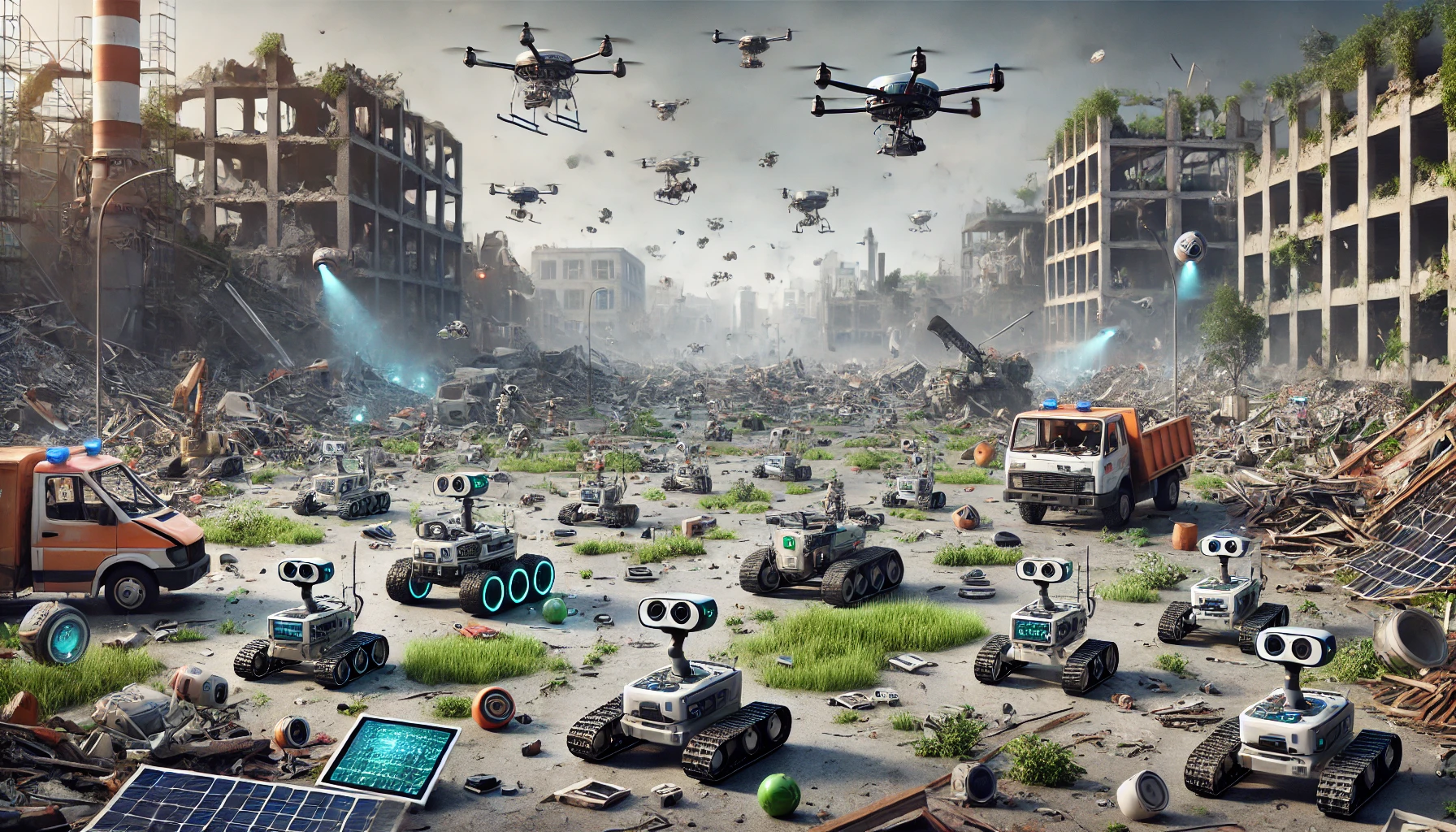Swarm Robotics: How Mini-Robots are Changing Disaster Response and Environmental Monitoring

The Rise of Swarm Robotics
Picture this: a group of tiny robots scurrying about, each on its own mission but all working together like a well-coordinated army of ants. This is not a scene from a sci-fi movie. Welcome to the real world of swarm robotics, where groups of mini-robots collaborate to accomplish big tasks. Whether it’s saving lives in disaster-stricken areas or monitoring our ever-changing environment, these little bots are proving that size doesn’t matter when it comes to making a big impact.
Mini-Robots in Search and Rescue Operations
When disaster strikes, every second counts. Traditional search and rescue methods can be slow and risky for human responders. But what if a swarm of robots could zip through rubble, crawl through tight spaces, and locate survivors without putting anyone in danger? Swarm robotics is revolutionizing rescue missions by using groups of small, nimble bots to comb through debris in ways that humans and large machines simply can’t. These robots communicate with each other, like a digital hive mind, working as one to search for signs of life. They're equipped with sensors and cameras to spot survivors, even in the most hard-to-reach places. Plus, they don't need breaks for coffee.
Environmental Monitoring: A Swarm's Eye View
Mother Nature can be unpredictable, but swarm robotics can help keep tabs on her. From tracking endangered species in the wild to monitoring air quality in polluted cities, these tiny robots are becoming the environmental watchdogs we never knew we needed. Instead of sending a single robot (or worse, a human) into treacherous conditions, a swarm of robots can cover large areas in less time, sending back real-time data on everything from ocean temperatures to forest health. They can even track the movement of icebergs or monitor volcanoes. And the best part? They never get tired or complain about the weather.
Swarming to Space
As humanity sets its sights on space exploration, swarm robotics may play a critical role in exploring new frontiers. Imagine hundreds of mini-robots landing on the surface of Mars, spreading out like a robotic spider web, gathering data, and reporting back to Earth. These robots could work together to build habitats, search for resources, or even act as scouts for astronauts. NASA is already experimenting with these technologies, and it's only a matter of time before swarms of robots are boldly going where no human has gone before. Just hope they don’t form a union and demand better treatment when we finally colonize Mars.
What’s Next for Swarm Robotics?
The future of swarm robotics is full of possibilities, from improving disaster response and protecting the environment to leading the charge in space exploration. As technology advances, these mini-robots will become smarter, faster, and even more collaborative. The only question is, how far can they go? Swarm robotics is a fascinating field that has the potential to reshape how we respond to crises and interact with our planet—and beyond. But, as with all new technologies, there are concerns about ethical implications and the potential for misuse. Will we be able to control our robotic swarms, or will they become too smart for their own good? Only time will tell.
Reader Engagement
What do you think? Could swarm robotics be the key to solving some of our biggest global challenges, or are there too many risks involved in handing over so much responsibility to robots? Let us know your thoughts!



